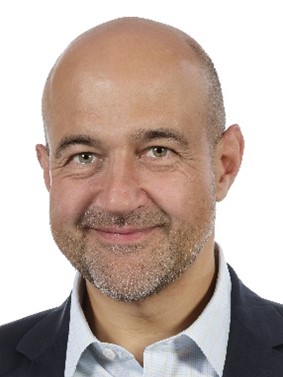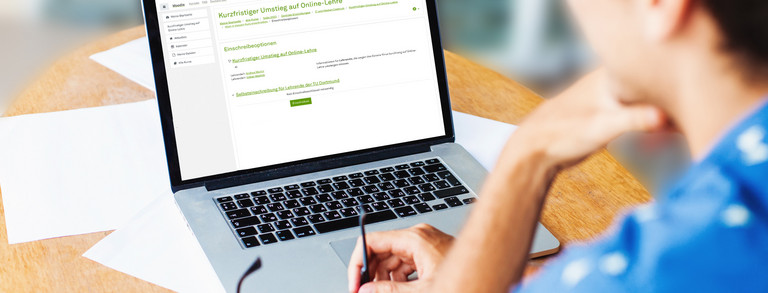Nobel Prize Colloquium: From Entanglement to Quantum Photonics
- Kolloquium

Prof. Dr. Gregor Weihs
The 2022 Nobel Prize in Physics was awarded for early investigations of quantum entanglement, which in the early 1960s was a curiosity at best, belonging rather to the realm of philosophy than physics. The discovery by John S. Bell that a widely held interpretation of quantum physics in terms of (local) hidden variables was quantitatively incompatible with the correlations predicted by quantum theory brought entanglement into the realm of manifest physics. To the surprise of many the quantum predictions held up in more and more refined tests [1-3].
Simultaneously the notions of quantum computing [4] and quantum communication [5, 6] developed, which both would not provide any advantage without entanglement. Schrödinger’s dictum that it is “not one, but rather the characteristic trait of quantum mechanics” is thus not only an interesting statement about nature, but has also led to the so-called 2nd quantum revolution.
For my own work on Bell’s inequality the availability of a bright source of entangled photon pairs was crucial, which is why I have continued to work on sources of nonclassical light and its applications. In this work we have been focusing on single semiconductor quantum dots, which are able to produce single photons and entangled photon pairs of exquisite quality as measured by parameters such as single-photon purity and indistinguishability. In optimizing these sources we have been developing alternative entanglement schemes [7] and advanced excitation mechanisms [8]. The main applications of our sources are in the interference of many photons for investigations of fundamental questions and optical quantum information processing as well as for quantum communication.
- S. J. Freedman, and J. F. Clauser, Experimental test of local hidden-variable theories, Phys. Rev. Lett. 28, 938 (1972), https://doi.org/10.1103/PhysRevLett.28.938.
- A. Aspect, J. Dalibard, and G. Roger, Experimental test of Bell's inequalities using time-varying analyzers, Phys. Rev. Lett. 49, 1804 (1982), https://doi.org/10.1103/PhysRevLett.49.1804.
- G. Weihs, T. Jennewein, C. Simon, H. Weinfurter, and A. Zeilinger, Violation of Bell's inequality under strict Einstein locality conditions, Phys. Rev. Lett. 81, 5039 (1998), https://doi.org/10.1103/PhysRevLett.81.5039.
- P. W. Shor, Algorithms for quantum computation: discrete logarithms and factoring, in Proc. 35th Ann. Sympos. FoCS(Santa Fe, NM, USA, 1994), pp. 124 (IEEE, https://doi.org/10.1109/SFCS.1994.365700.
- D. Bouwmeester, J.-W. Pan, K. Mattle, M. Eibl, H. Weinfurter, et al., Experimental Quantum Teleportation, Nature 390, 575 (1997), https://doi.org/10.1038/37539.
- C. H. Bennett, and G. Brassard, Quantum Cryptography: Public-key distribution and coin tossing, in Proc. IEEE Intl. Conf. on Computer Systems and Signal Processing(Bangalore, India, 1984), pp. 175 (IEEE, New York, https://doi.org/10.1016/j.tcs.2014.05.025.
- H. Jayakumar, A. Predojević, T. Kauten, T. Huber, G. S. Solomon, et al., Time-bin entangled photons from a quantum dot, Nature Commun. 5, 4251 (2014), https://doi.org/10.1038/ncomms5251.
- Y. Karli, F. Kappe, V. Remesh, T. K. Bracht, J. Münzberg, et al., SUPER Scheme in Action: Experimental Demonstration of Red-Detuned Excitation of a Quantum Emitter, Nano Lett. 22 (2022), https://doi.org/10.1021/acs.nanolett.2c01783.

Gregor Weihs is Professor of Photonics and Head of the Department for Experimental Physics at the University of Innsbruck. He received his MSc degree from Innsbruck University in 1994. His PhD degree from Vienna University was awarded "sub auspiciis praesidentis" by the President of the Austrian Republic in 2000. Before returning to Innsbruck, he held a junior faculty position at the University of Vienna, was Consulting Assistant Professor at Stanford University, Research Fellow at the University of Tokyo, and Associate Professor at the University of Waterloo, Canada, where he was the Canada Research Chair in Quantum Photonics. From 2016 to 2021 he was the Vice-President for Natural Sciences and Engineering of the Austrian Science Fund and its interim President for several months. Other major awards include a Starting Grant by the European Research Council and the Wilhelm-Exner medal of the Austrian Trade and Crafts Association. He was a member of the Young Academy of the Austrian Academy of Sciences and a Fellow in the QIP program of the Canadian Institute for Advanced Research. His research interests include fundamental physics, quantum and semiconductor optics and quantum information.









